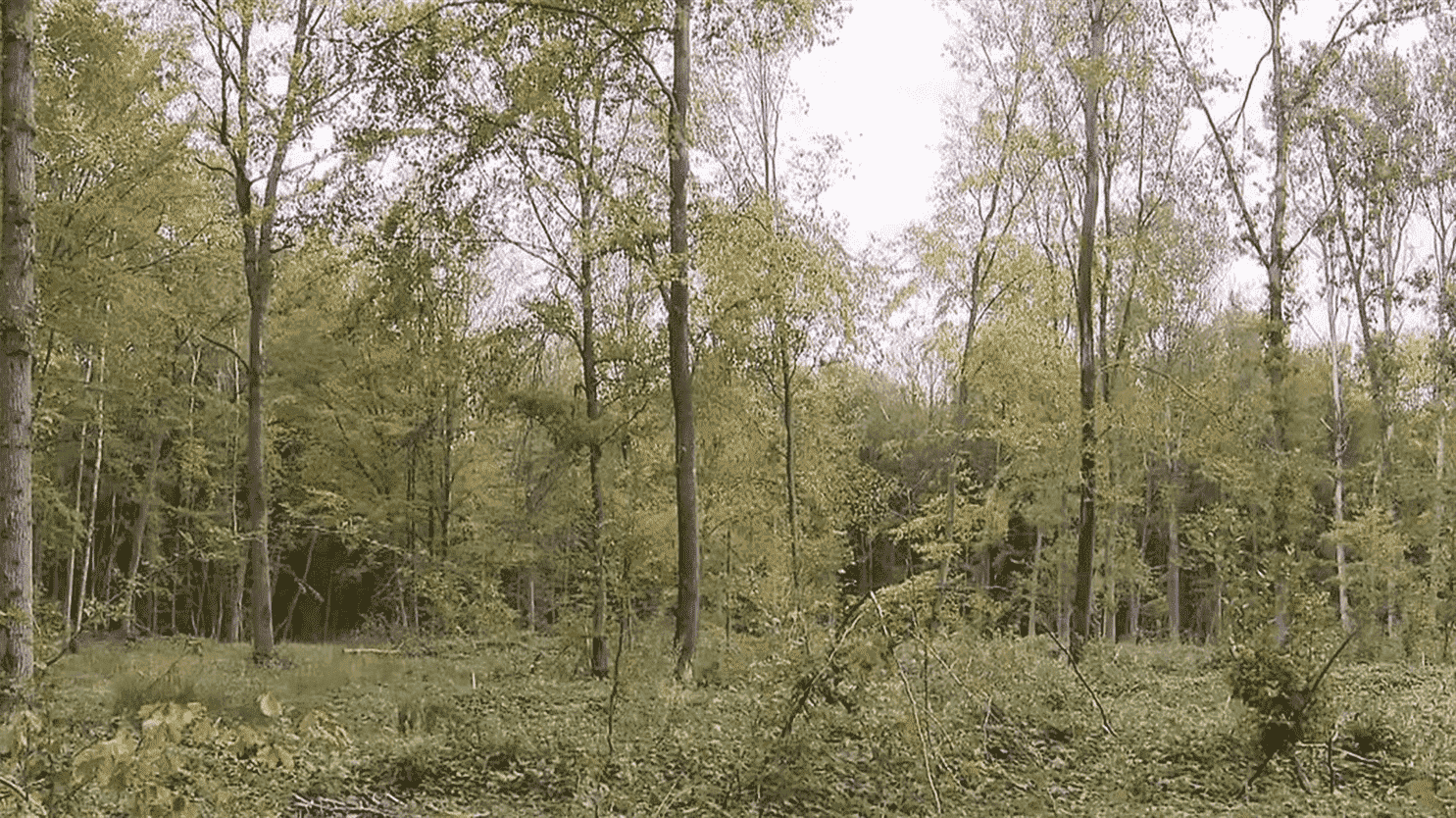The situation is the same everywhere: suffering forests, trees threatened and weakened by droughts and heat waves … Sometimes, plots are even completely devastated, as in Oltingue (Haut-Rhin), where dozens of spruces had to be culled. Result: on eleven hectares, the forest has disappeared. To help it be reborn, in addition to natural regeneration, the Office National Forestry (ONF) plans to plant young trees.
“We will rather favor local species, and if we see that they are in danger (…), with low water reserves, we will see if we can introduce other species that are more resistant to drought”, Explain Odile Mougeot, head of the forest service at the ONF of Haut-Rhin. In recent years, new species, sometimes from afar, have therefore been tested in France, such as Turkish firs or cedars from the Atlas. But faced with the climate emergency and a struggling timber industry, the government wants to speed up reforestation. The national recovery plan thus provides for the planting of 50 million trees for 150 million euros mobilized. A plan that worries Guillaume Decocq, vice-president of the Botanical Society of France, because on the lists of varieties of trees eligible for repopulation, there are many exotic species. “Some are already species classified as invasive on regional lists (…) or which are potentially carriers of parasites, pathogens”, he explains.
Ministry of Agriculture and Food
List of species eligible for State aid – Example of the Grand Est
Recovery plan – ONF
Islands of the future – ONF
Guillaume Decocq
Vice-Pdt of the Botanical Society of France, Doctor of Pharmacy, Doctor of Botany, Professor of Plant and Fungal Sciences University of Picardy Jules Vernes, member of the Hauts-de-France Regional Forest and Wood Commission
Non-exhaustive list
